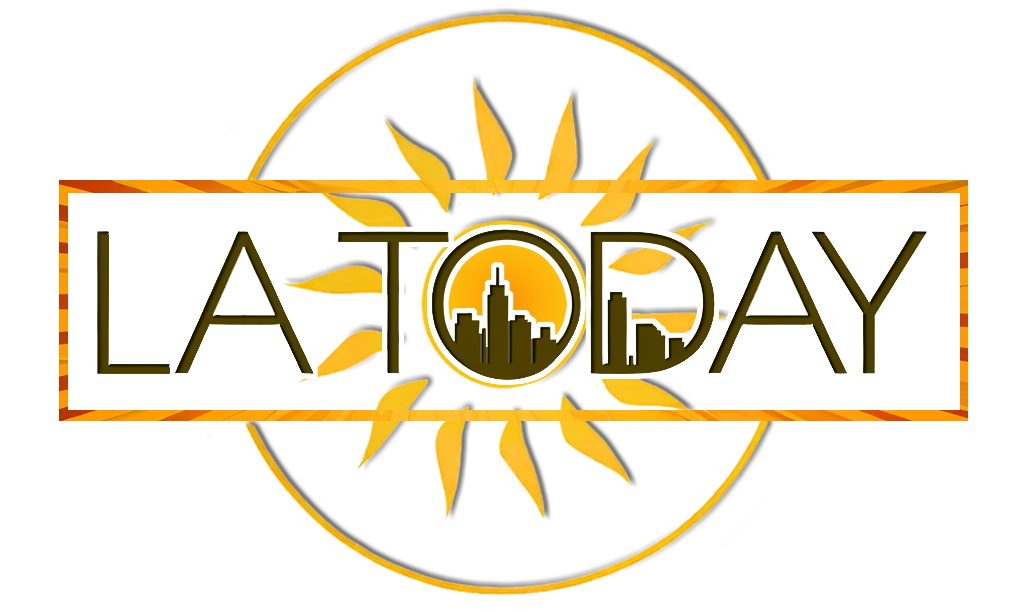As Los Angeles sweltered through record-breaking temperatures in the summer of 2024—official highs topping 110°F citywide—certain neighborhoods burned hotter than others. In Watts, asphalt streets radiated stifling heat well into the night; in Pacoima, tin-roofed shacks trapped searing daytime temperatures indoors. This essay explores the phenomenon of urban heat islands—how decades of underinvestment in green infrastructure have left low-income, majority-Black and Latino communities to endure the unequal burden of climate change—and examines the policies and grassroots efforts striving to cool L.A.’s warmest corners.
The Science of Urban Heat Islands
Urban heat islands (UHIs) occur when dense concentrations of pavement, buildings, and lack of vegetation cause temperatures to rise several degrees above surrounding rural areas. NASA satellite data recorded a 7°F difference between South L.A. neighborhoods and coastal zones during July 2024’s heat wave . Concrete and asphalt absorb solar radiation by day and re-radiate it at night, preventing cooler “off-gassing” and exacerbating health risks—especially for residents lacking air conditioning or living in poorly insulated housing.
Watts: Heat Index Meets Health Crisis
Historical Context
Watts has long grappled with economic disinvestment, environmental hazards (including heavy freight traffic), and limited public funding. The 1965 Watts Rebellion underscored systemic neglect, yet six decades later, significant infrastructure disparities persist.
On-the-Ground Reality
— Asphalt Alleyways: Narrow residential streets lack shade trees. During peak afternoon, surface temperatures exceed 145°F—hot enough to burn skin on contact.
— Indoor Heat: Many homes rely on window units or have no air conditioning. A study by UCLA’s Center for Environmental Justice found that 42% of surveyed households in Watts lacked central A/C, compared to 12% citywide .
— Health Impacts: Local clinics report spikes in heat-related emergencies—heat exhaustion, dehydration, and exacerbated chronic conditions like asthma and hypertension.
— Community Response: Watts Cares, a neighborhood nonprofit, launched “Cool Corners” in summer 2024—shaded pop-up pavilions with misting stations and hydration supplies, hosting free health screenings and hydration workshops. Their mobile van kept daily “Heat Index” logs and alerted at-risk seniors by phone when temperatures exceeded danger thresholds.
Pacoima: The Valley’s Scorched Fringe
Urban Fabric
Pacoima’s industrial zones and single-family tract homes share a grim feature: sparse tree canopy. City records show Pacoima averages 10% tree cover versus 20% city average—the lowest in the San Fernando Valley .
Resident Voices
— School Heat: Pacoima Middle School’s asphalt playground reached 131°F by mid-afternoon. Principal Rosa Martinez installed temporary shade sails, but funding shortages mean no permanent canopy. “Kids come in exhausted, with red faces,” Martinez says. “We try to keep them hydrated, but it’s not enough.”
— Elderly Vulnerability: Senior resident Miguel Santos, 78, describes nights spent on the porch: “Inside is like an oven. I watch TV for a couple hours, then come out here to breathe.” Local cooling centers operate limited hours—often closing at dinnertime—leaving many seniors exposed overnight.
Policy Efforts
The L.A. Heat Action Plan (2023) earmarked $50 million for expanding urban forestry in five “cool corridors” including Pacoima and Watts. Yet planting schedules and maintenance responsibilities have lagged—permits take months, and water restrictions hamper young-tree survival .
Equity and Environmental Justice
Funding Disparities
In wealthier neighborhoods like Beverly Hills and Santa Monica, private HOAs and municipal budgets underwrite extensive tree-planting and irrigation systems. Conversely, under-resourced communities navigate bureaucratic hurdles to secure matching grants—for which many lack the time or expertise to apply.
Health and Housing
Heat exacerbates housing insecurity: residents without A/C spend more on hotel stays, or open windows at night, risking safety. Eviction filings surge after heat waves as tenants seek cooler conditions elsewhere but fall behind on rent.
Grassroots Innovations
— Cool Pavement Trials: UCLA researchers partnered with Pacoima High School to test reflective pavement coatings in front of the campus—reducing surface temperatures by up to 20°F in controlled tests.
— Tree Stewardship Corps: A coalition of local youth and nonprofits trains residents in tree care—pruning, watering, and monitoring—to ensure planted saplings survive their critical first two years.
Toward a Cooler Future
Addressing L.A.’s urban heat islands demands both structural investment and community engagement:
- Streamline Tree Permitting: Reduce approval timelines to under 30 days, and waive fees for low-income neighborhoods.
- Expand Shade Infrastructure: Integrate shade sails and misting systems in schools and senior centers as interim solutions.
- Equitable Funding Models: Allocate a dedicated percentage of climate resilience budgets specifically to historically marginalized communities.
- Community-Led Maintenance: Fund local stewardship programs that employ residents in urban forestry roles.
By centering equity in climate resilience, Los Angeles can transform its hottest neighborhoods into testaments of environmental justice—where every child, elder, and worker benefits from the simple relief of shade.





